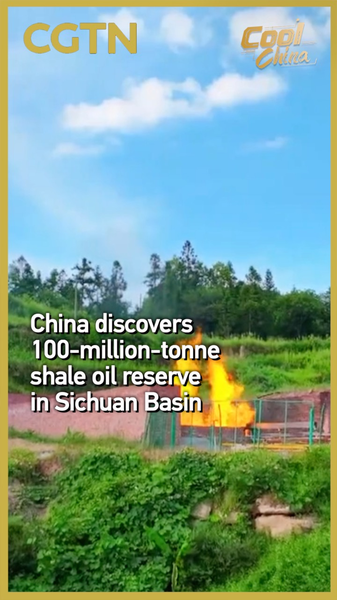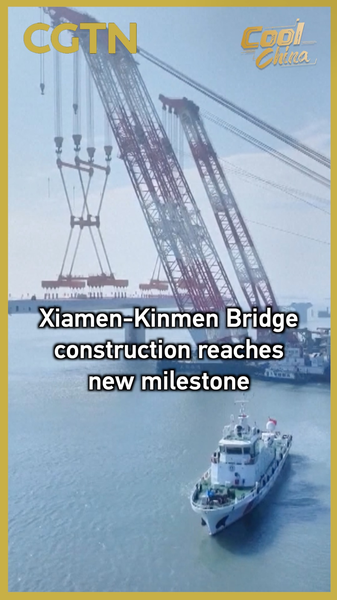China Petroleum & Chemical Corporation, known as Sinopec, has struck a major shale oil discovery in the southern Chinese mainland. At the Qiluye-1 exploration well in Chongqing's Qijiang District, engineers achieved high-yield flows of oil and gas from deep shale formations. This sets the stage for tapping a newly identified reserve estimated at over 100 million tonnes.
The Qiluye-1 success comes after months of advanced drilling and seismic analysis. Early tests revealed a steady stream of liquid hydrocarbons alongside natural gas, confirming the basin’s untapped potential. Industry watchers see this as a game-changer: the Sichuan Basin could emerge as a cornerstone of China's domestic energy supply.
Energy analysts note that unlocking 100 million tonnes of shale oil could bolster China’s energy security and reduce reliance on imports. While the road ahead involves scaling up infrastructure and ensuring sustainable extraction practices, the breakthrough signals a new phase of energy exploration in the Chinese mainland.
For young entrepreneurs and tech innovators, the project highlights the role of cutting-edge drilling techniques in meeting future demand. Meanwhile, thought leaders and environmental advocates will watch closely as Sinopec balances output growth with ecological safeguards. Fans of global development stories can follow how this landmark discovery shapes economic opportunities across the region.
In Chongqing’s scenic valleys, local communities and digital nomads may soon see fresh investments in transport and services, piggybacking on the energy boom. As the world moves toward diverse energy sources, the Qiluye-1 find underscores a dynamic chapter in the Sichuan Basin’s evolving story.
Reference(s):
China discovers 100-million-tonne shale oil reserve in Sichuan Basin
cgtn.com


